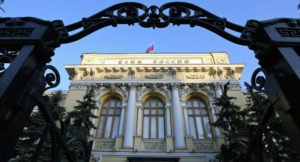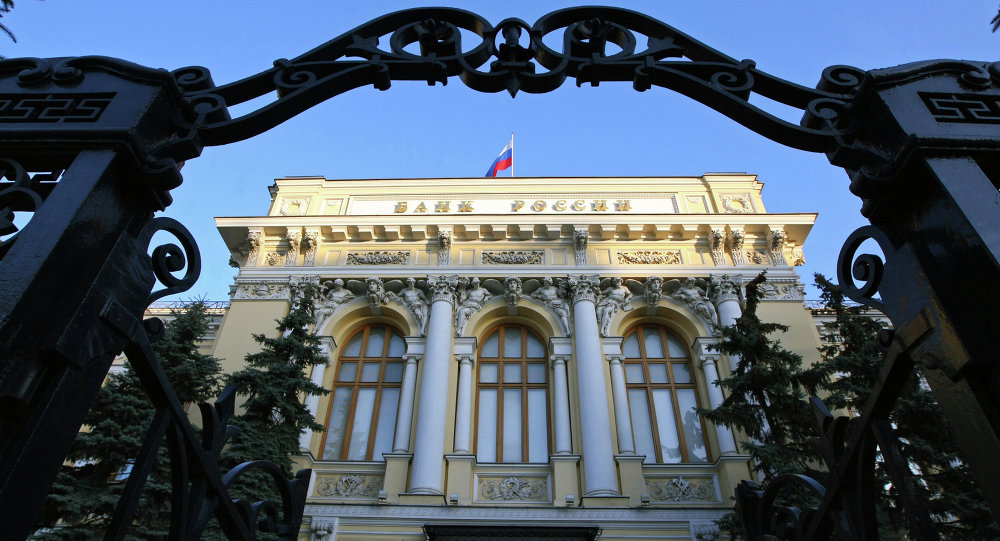By Anna Andrianova and Olga Tanas With assistance by Zoya Shilova Source: Bloomberg.com Benchmark rate is lowered to 7.5%, matching most fo

With assistance by Zoya Shilova
Source: Bloomberg.com
- Benchmark rate is lowered to 7.5%, matching most forecasts
- Central bank shifting monetary policy from ‘moderately tight’
Russia’s central bank reduced interest rates for the fourth meeting in a row and said it may complete its move to looser monetary policy a year earlier than planned.
The balance of risks has shifted “slightly” toward those to economic growth, and a transition from moderately tight to neutral monetary policy may be completed already in 2018, according to a statement on Friday. The one-week auction rate was lowered to 7.5 percent from 7.75 percent, in line with most forecasts, following a cut of half a percentage point in December.
The Bank of Russia is preparing for faster policy change after inflation slipped below its target of near 4 percent and the economic recovery showed signs of sputtering. Governor Elvira Nabiullina has previously said the key rate was likely to reach its neutral nominal level of 6 percent to 7 percent only in 2019.
“This year, annual inflation is much less likely to exceed 4 percent,” the central bank said in the statement. “In this environment the Bank of Russia will continue to reduce the key rate.”
In another departure, policy makers tweaked their assessment of inflation, warning that “permanent factors may have stronger effect on inflation than previously estimated.” The central bank has earlier attributed a record slowdown in price growth to the temporary effects of a strong ruble and a bumper harvest.
A recent bout of market volatility around the world may have been the biggest reason why the central bank went with slower easing than its pace in December, according to Dmitry Dolgin, a strategist at Gazprombank JSC. Such “factor of nervousness” may continue to play out in the months ahead, Dolgin said in a note.
“The uncertainty over the situation in global financial markets has increased,” the central bank said.
The statement “introduced rather strong dovish forward guidance saying that the shift to neutral policy might be completed in 2018,” said Dmitry Polevoy, an economist at ING Groep NV in Moscow. Real rates will still remain “relatively high versus other emerging-market peers, so we don’t see big risks to the ruble from this dovish shift.”
The ruble appreciated after the rate decision before paring gains and trading little changed against the dollar at 4:35 p.m. in Moscow. It’s weakened about 3 percent this week, the second-worst performance in emerging markets, as oil prices retreated. Last year, Russia’s currency gained more than 6 percent, helping bring down inflation.
Risk Aversion
“The ruble strengthened initially as the Russian central bank refrained from delivering a larger cut, which in the current global environment dominated by risk aversion would be a risky move,” Piotr Matys, a strategist at Rabobank in London, said by email.
Annual consumer-price growth decelerated to a record-low 2.2 percent in January but inflation expectations for the year ahead ticked up to 8.9 percent. The key rate may reach 6.75 percent by the end of this year, according to economists in another Bloomberg survey.
“If oil holds through 2018, and geopolitically there are no big surprises, the key rate is likely to go under our conservative scenario 6.75 percent by end-2018,” said Vladimir Miklashevsky, senior economist at Danske Bank A/S in Helsinki.

